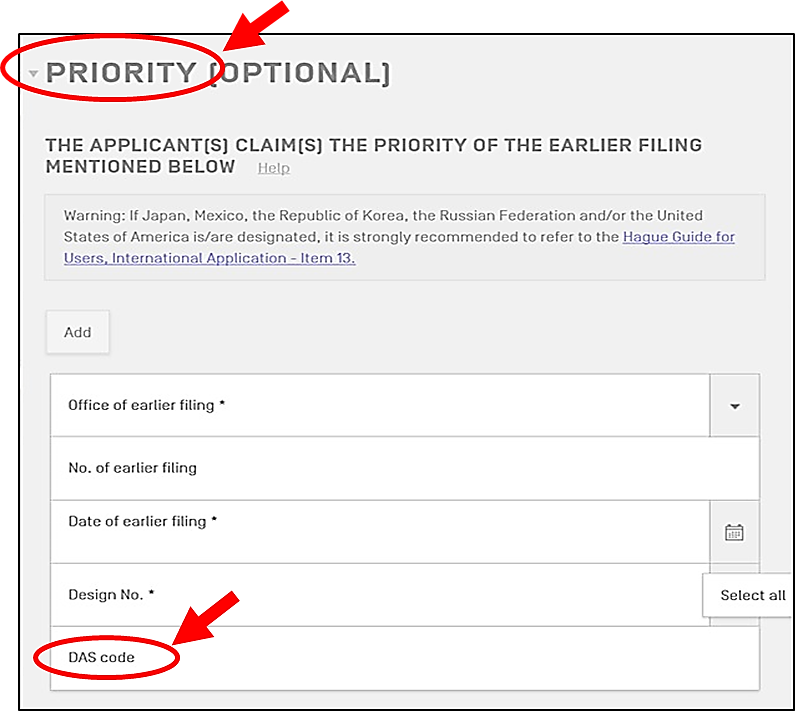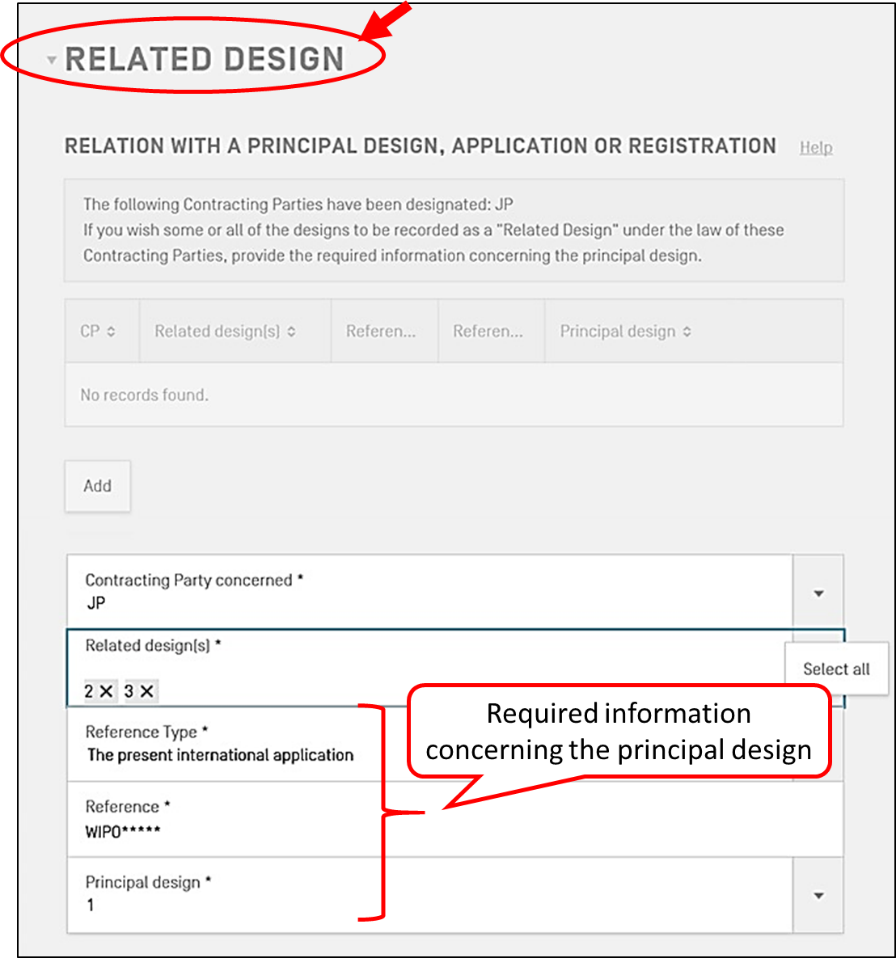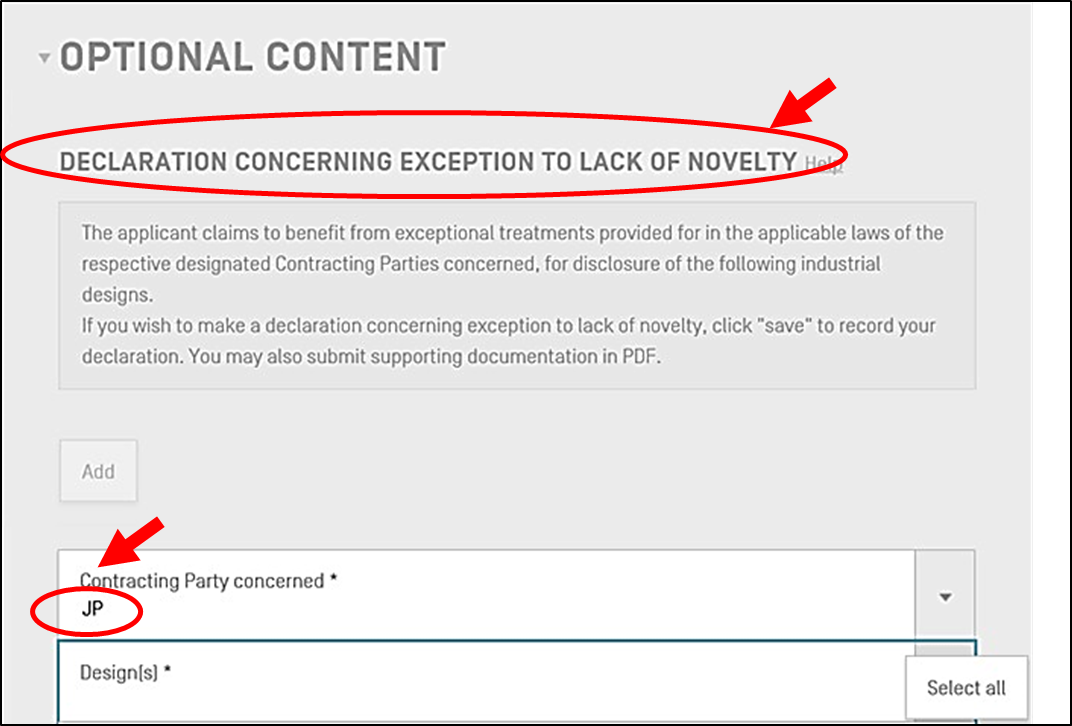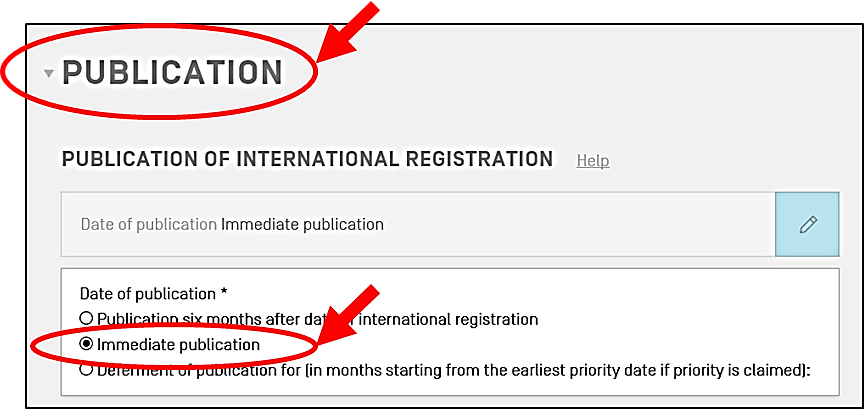2021.02.15
Seven Tips for Hague Design Applications Designating Japan
February 15, 2021
Mihoko Masaki
In recent years, an increasing number of countries have joined the Hague Agreement for the international registration of designs, which now has 74 member countries. In addition, many other countries are also considering joining this system, making it an even more useful and beneficial option for obtaining a design right in the future.
However, there is a mixture of examination-based systems and non-examining systems among the member countries. Also, the level of involvement of each designated country office in the national phase process greatly varies. This diversity may be one of the factors that make the Hague system somewhat complex for users. Therefore, when designating multiple countries in a Hague application under these circumstances, it may be a good approach to fully consider the member countries which have the most stringent requirements for allowance, such as Japan, U.S., Korea, etc.
As far as Japan is concerned, more than 12,000 designs designating Japan have been filed through the Hague system since the Geneva Act entered into force in Japan on May 13, 2015. Based on the accumulating application examples, here are seven tips for Hague users who are considering designating Japan in a Hague application.
(1) When receiving the first notification of refusal from Japan Patent Office…
In Japan, all national phase applications are subject to substantive examination after the international publication date, and some of them may be rejected for various reasons such as lack of novelty or creativity. In response, the applicant (i.e., holder of the international design registration) can overcome the reasons for refusal by making amendments or submitting a written argument. The allowance rate for design applications is approximately 88% in 2019, calculated based on the Japan Patent Office (JPO) 2020 annual report, and higher than the rate for patent applications (approx. 75%).
It is important for applicants and their representatives before the International Bureau (IB) of the WIPO to note that the JPO’s first refusal letters are sent directly from the IB to the applicants (or the representatives before the IB) and not to the representatives before the JPO. Even after your Japanese representative has submitted a power of attorney to the JPO, a refusal notification will not be sent to him or her. Therefore, once you receive a refusal notification, it is recommended to promptly contact your Japanese counsel. (To make doubly sure, our firm regularly checks the WIPO’s Bulletin to see if there are any refusal notifications issued for the cases where we have been appointed as a Japanese representative.)
Below shows the flow of a notification of refusal issued by the JPO.
![]()
| Type of notification/documents | Issued by | Via | Directed to |
|---|---|---|---|
| – Notification of refusal | JPO | IB | ✓ Applicant or ✓ Representative before IB × Representative before JPO |
On the other hand, a response to the refusal notification must be made directly to the JPO through the Japanese representative.

In any case, if you wish to minimize any concerns about dealing with the documents from the JPO, we recommend that you appoint a Japanese representative soon after the international publication date.
For your additional information, the flow of documents other than the first notification of refusal is as follows:
| Type of notification/documents | Issued by | Via | Directed to |
|---|---|---|---|
| – Statement of grant of protection | JPO | IB |
✓ Applicant or |
|
– Second and subsequent notifications of refusal |
JPO | - |
✓ Applicant or |
(2) How to claim priority for Hague application?
As of January 1, 2020, if you put the Digital Access Service (DAS) code in the international application form, you do not need to submit a paper-printed priority certificate to the JPO any longer. If not, it can be added by submitting an amendment directly to the JPO within three months after the date of international publication.

[Screenshot from eHague]
If the DAS code is not available (i.e., the first application has been filed in a country that is not a member of the DAS), a paper-printed priority certificate must be submitted to the JPO within three months of the international publication date. It cannot be filed with the IB during the international phase.

As the above 3-month deadline is often overlooked, the JPO usually sends an informal reminder to the applicant, but the reminder is not sent to the representative before the IB or the Japanese representative under the current Japanese law. Therefore, care should be taken to manage the deadlines for filing priority certificates.
| Type of notification/documents | Issued by | Via | Directed to |
|---|---|---|---|
| – Informal reminder for priority certificate | JPO | - |
✓ Applicant or |
*Relevant JPO website:
https://www.jpo.go.jp/e/system/design/hague/das_jpo_180323.html
(3) How to use Related Design System for protection of “design family”?
The Related Design System, which is a Japan-specific strategy for design protection, is beneficial to avoid double registration rejections and broaden the scope of design protection by linking multiple related designs, especially when you would like to file several variations that share the same design concept at the same time. It is also useful when there are some minor changes to the design that you have previously applied for in Japan. It is a common belief in Japan that constituting a family of related designs strategically secures a wider scope of protection than registering them independently.
*Detailed information on the Related Design System is available at the following link:
https://www.ondatechno.com/en/news/design/p1161/
This system is easily available by designating another design of the same holder which were filed at an earlier date or is being filed in the same International application as a principal design. Below is a screenshot from the Hague e-filing.

[Screenshot from eHague]
Designation of a principal design can be made not only in the international phase, but also in the national phase, e.g., when the JPO has rejected the application over one of the same applicant’s earlier designs registered or filed in Japan.
One thing to note here is that the Related Design System cannot be a countermeasure to third parties’ prior designs. It works effectively only with regard to the same applicant’s prior designs, for up to 10 years from the basic design (i.e., the oldest member of the related design family) filing date.
(4) How to apply for novelty grace period (Exceptions to lack of novelty)?
Even if the applied-for design has lost its novelty prior to the international filing date (or the priority date), it may still be eligible for a grace period if filed within 12 months of the first disclosure date.
However, the requirements for enjoying a grace period in Japan seems much stricter than in other member countries due to the necessary two steps, as shown below.
STEP 1: Explicitly apply for a grace period in the international application form or submit a written declaration within 30 days after the date of international publication directly to the JPO through a representative in Japan.

[Screenshot from eHague]
STEP 2: Submit written proof for the fact(s) of the disclosure within 30 days after the date of international publication directly to the JPO through a representative in Japan.

In particular, the written proof of disclosure must be filed only during 30 days from the date of international publication. From a practitioner’s point of view, the period would not be sufficient for applicants outside Japan to prepare necessary documents.
As for the latest information concerning a grace period, the JPO announced on December 16, 2020 that the applicant’s or representative’s signature/seal is no longer required on the written proof of disclosure. This simplification of procedures was triggered by the problems associated with the covid-19 pandemic and is expected to continue.
*Relevant JPO website (Japanese only):
https://www.jpo.go.jp/system/laws/rule/guideline/patent/hatumei_reigai.html
Even so, there are other detailed rules regarding the preparation of the documents to be submitted, and it is advisable to seek advice from a Japanese counsel.
(5) Automatic division of multiple design application
In an international design application, a maximum of 100 designs belonging to the same Locarno Classification may be included in a single application. If an international application contains more than one design, the JPO will assign a separate application number to each design and treat each design independently. In other words, if an international application contains five designs, it will be treated as five separate applications in the Japanese national phase, and five design rights can be generated. Therefore, there is no need for the applicant to file a new divisional application.
(6) Immediate publication to facilitate the commencement of substantive examination
The JPO considers an international application designating Japan to be equivalent to a national design application filed on the date of international registration once the international publication has been done. Therefore, international publication by the WIPO is an essential condition to proceed with examination.
Basically, the Hague application is supposed to be published six months after the international filing date, but this publication can be greatly accelerated by choosing “immediate publication.”
Therefore, if you need design protection for the applied-for design as soon as possible in Japan, you may be able to expedite the start of examination by checking “immediate publication” as shown in the screenshot below.

[Screenshot from eHague]
(7) How to get a refund of the individual designation fee for abandoned JP national phase
Unfortunately, if the Japanese national phase is abandoned due to either of the following reasons, a portion of the individual designation fee (approx. 552* in Swiss francs) paid at the time of international application may be refunded upon request within 6 months from the date of determination of the respective legal status.
– Where the refusal from the JPO is not overcome and made conclusive with or without a response to the JPO, or
– Where the application is withdrawn in the Japanese national phase
If you give up obtaining the design right in Japan and wish to get a refund of the individual designation fee instead, we recommend consulting with your Japanese counsel.
* amount obtained by deducting JPY15,300 (approx. CHF130) from the individual designated fee paid at the time of international application (CHF682 since April 1, 2020).
Overview of 7 tips
(1) Notification of refusal:
Contact the Japanese representative promptly when you receive a refusal from the WIPO.
(2) Priority certificate:
Either by DAS code or a printed version, it must be submitted within 3 months from the international publication date.
(3) Related Design System:
Useful to avoid or overcome a double-registration refusal and obtain broader design rights.
(4) Novelty grace period:
Written request by the applicant and documents proving the facts of disclosure required within 30 days from the international publication date.
(5) Multiple designs in a single international application:
Automatically divided by JPO. No divisional applications required.
(6) Immediate publication:
Effective in potentially speeding the initiation of JPO’s substantive examination.
(7) Refund of the individual designation fee:
Available if an application is abandoned during the Japanese national phase.
If you have any other questions regarding the Hague designation for Japan, please contact our firm.